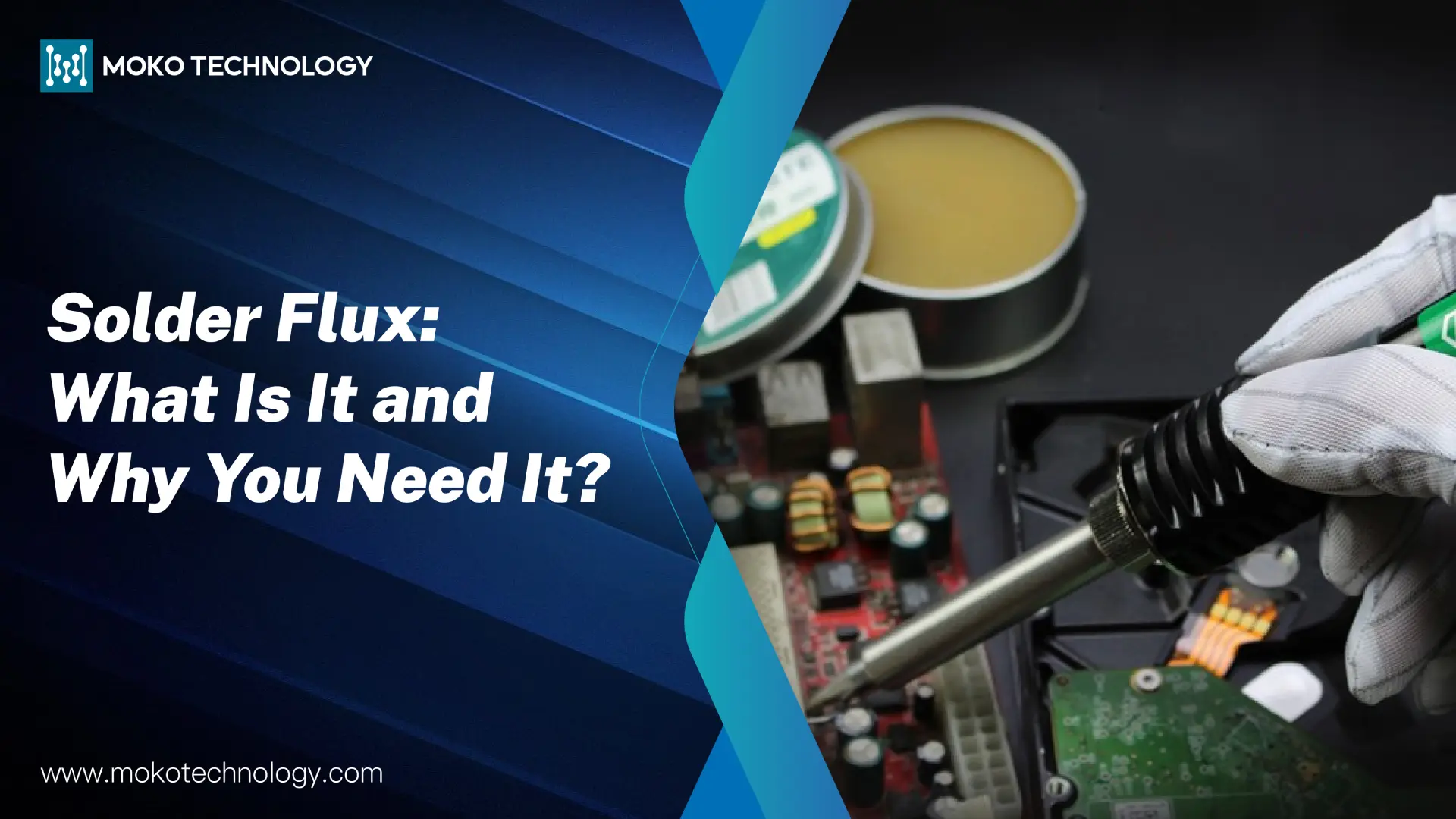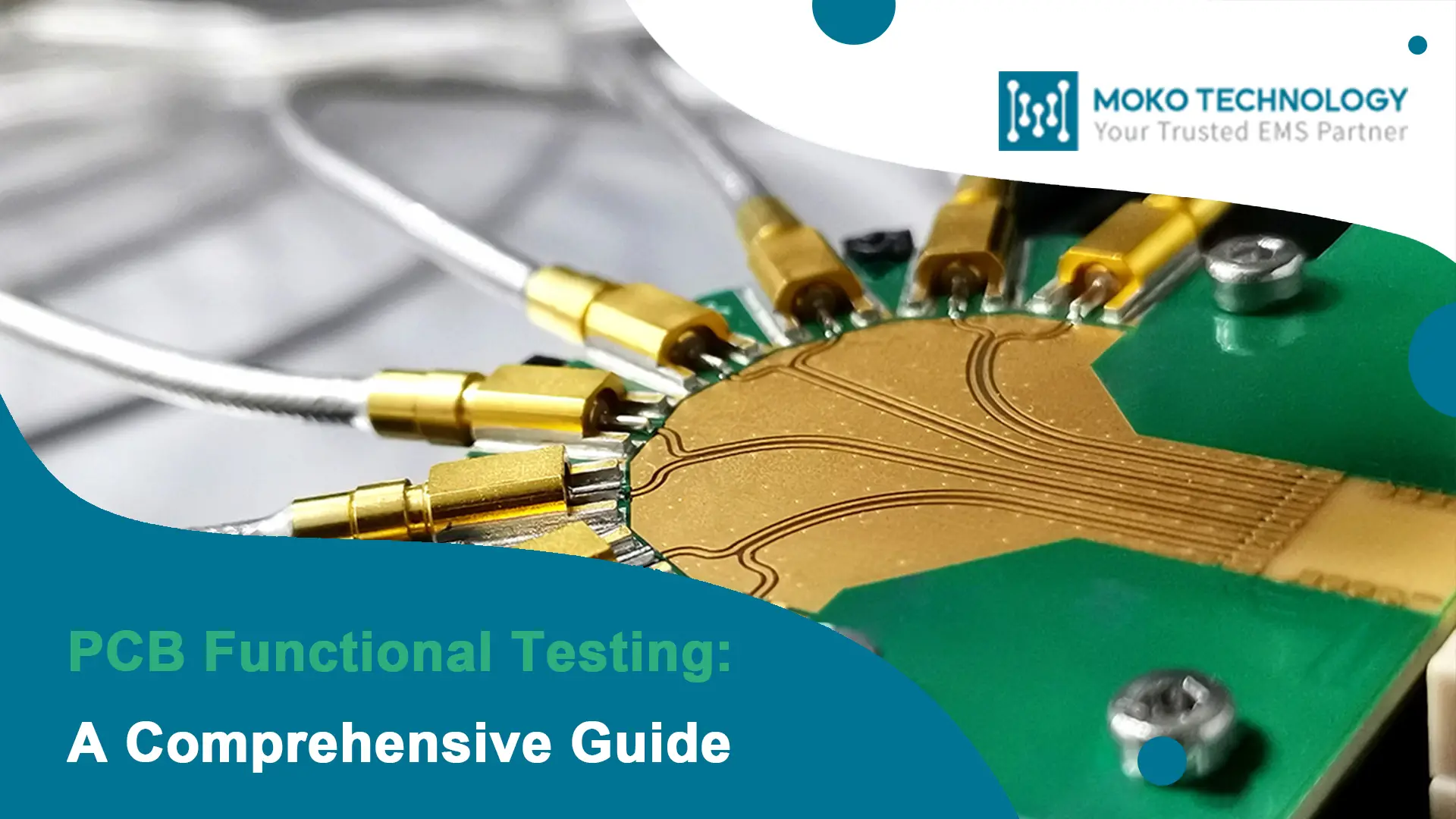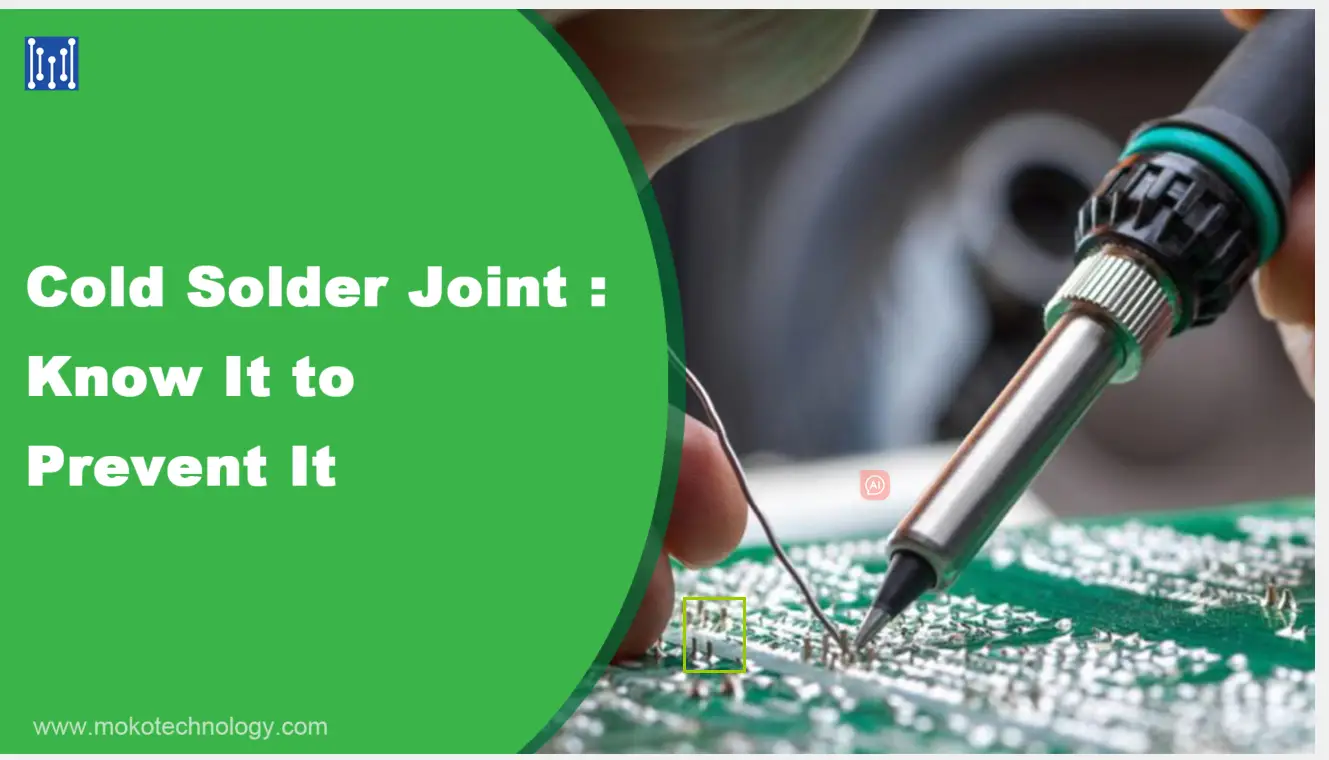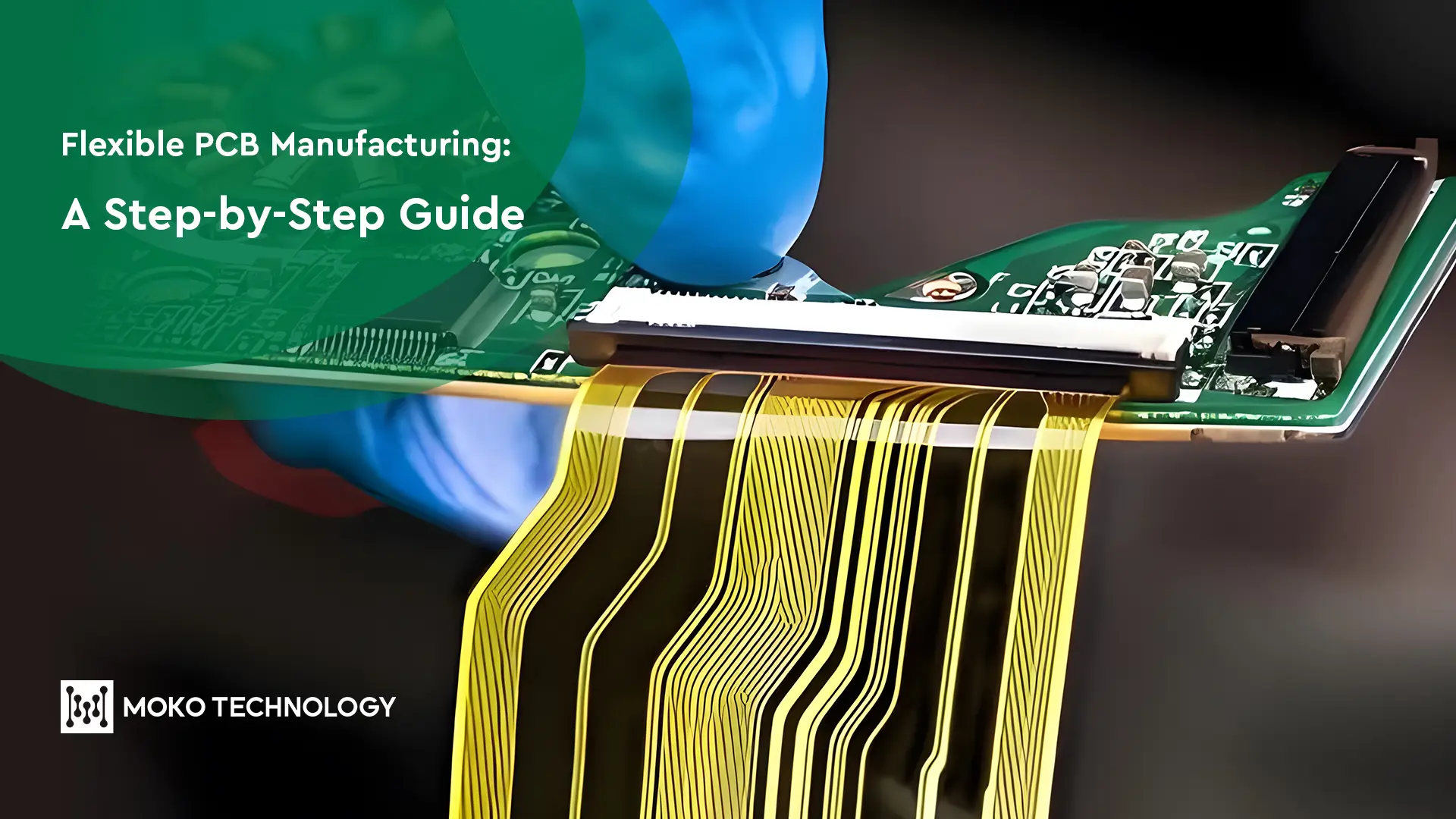In the PCB assembly process, soldering is a very critical step. Through soldering, electronic components can be firmly mounted on the PCB board to achieve electrical connections. The quality of soldering determines the performance and service life of the final product, and a key factor affecting its quality is solder flux, although it is often ignored by those not intimately familiar with the soldering process. So what exactly does flux do? How should we use it? In this article, we will introduce this indispensable but unsung hero in detail. Let’s read on.
What Is Solder Flux?
Solder flux is a chemical cleaning agent that is used to remove oxides on the surface of PCBs and electronic components, it can also clear away impurities that may affect the soldering effect. There are many benefits to using flux. Firstly, it can improve the moisture content of the solder. Secondly, it can prevent the re-oxidation of the metal during the welding process, thereby making the welding stronger.
Three Types of Solder Flux
Commonly used fluxes are mainly divided into the following three categories:
-
Rosin flux
In PCB soldering, rosin flux is one of the earliest used. Its raw material is resin extracted from pine trees. Most of the ones currently used on the market are mixtures of rosin and various fluxes to improve performance. This flux is inert in the solid state. When it is heated, it melts and becomes acidic to achieve the effect of cleaning oxides. One of its disadvantages is that it will leave residue on the PCB surface, which needs to be removed as soon as possible after the soldering is completed.
-
Organic flux
Organic flux is commonly referred to as water-soluble flux due to its primary characteristic: it is composed of organic acids (or other organic compounds) that are soluble in water. Compared with rosin flux, it has a stronger cleaning ability and can quickly remove oxides, therefore, it is suitable for high-speed automatic welding processes. However, it is corrosive and the residue left behind may affect component performance or even short circuit if not properly cleaned.
-
Inorganic flux
As the name suggests, this type of flux is mainly made of some inorganic compounds such as borate, fluoride, chloride, etc. It has powerful cleaning capabilities that promote strong solder bonding. Therefore, it is often used on stronger metals including brass, copper, stainless steel, etc. Inorganic flux is more cost effective than other types of flux. However, it should be noted that it is extremely corrosive. So, careful cleaning is required after use according to the manufacturer’s instructions.
| Feature | Rosin Flux | Organic Flux | Inorganic Flux |
| Base Material | Resin from pine trees | Organic acids (water-soluble) | Inorganic compounds (e.g., borate, fluoride, chloride) |
| Cleaning Ability | Moderate | Strong | Very Strong |
| State at Room Temperature | Solid, inert | Varies | Varies |
| Residue | Leaves residue; requires cleaning | Corrosive residue; needs thorough cleaning | Highly corrosive residue; stringent cleaning needed |
| Typical Use | General PCB soldering | High-speed automatic welding | Metals like brass, copper, stainless steel |
How to Choose the Right Solder Flux?
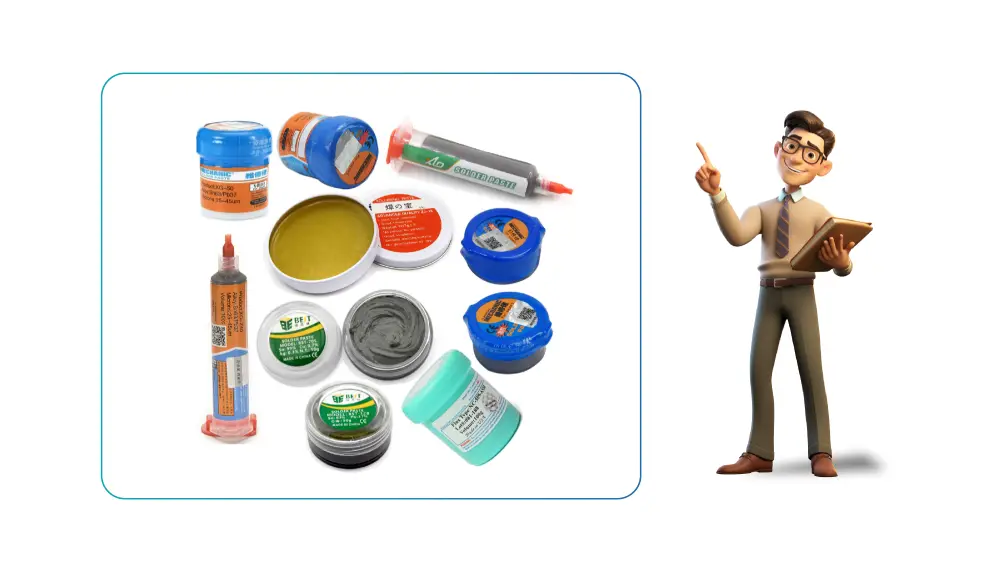
Choosing the right flux needs to consider several factors, including:
- Cleaning requirements: Some types of solder flux will have residues after soldering, but some are not. And it’s a time-consuming process to remove them.
- Flux Form: Flux comes in different forms, such as liquid, paste, or a solid core within the solder wire itself.
- Types of metal soldered: Different fluxes are suitable for different metals. For example, rosin-based flux is suitable for tin-lead solder.
- Temperature range: According to the soldering temperature to choose the solder flux is also important. If the temperature is high, we should select then a stronger flux.
- Soldering process: For SMT soldering, we should choose the no-clean flux or lightly active flux, which can minimize the cleaning process to improve efficiency. While THT assembly, because its components and solder joints are generally larger, may require the use of more active and cleaning flux to ensure the reliability of the solder joints.
Further reading: Through Hole Vs. Surface Mount: How to Choose the Right Method
How to Use Solder Flux?
Below we list the steps for using flux:
- Use isopropyl alcohol and non-woven cloth to wipe the surface of PCB and components so as to remove dust and grime.
- Apply the solder flux evenly, heat the soldering iron tip, and put it on the metal contacts that are covered with flux.
- When the flux is vaporized, melt the soldering wire to make sure the solder bonds before oxidation can occur again.
- Remove the residues after soldering if needed by using solvent and brush.
- Check the soldering quality to avoid any problems like cold joints, solder bridges, and insufficient soldering.
Further reading: What is it and how to prevent it?
PCB soldering is a process that requires experience and professional knowledge. The type of solder selected and the soldering process are crucial. If you don’t have expertise in this, please contact MOKO Technology – a professional PCB assembly manufacturer for advice.
FAQs about Solder Flux
What is the difference between solder flux and solder paste?
The main purpose of using solder flux is to clean the surface of PCB and components for soldering. While for solder past, in addition to cleaning, it has another important function: providing the actual metal alloy that will form the solder joint once melted.
Is solder flux necessary?
Absolutely yes. Without solder flux, dust and oxides on the surface of the PCB will affect the firmness of the soldering. As a result, many soldering issues may occur.
What is solder flux made of?
Depending on different types of solder flux, the solder flux materials are also various. As mentioned, rosin flux is generally made from rosin which is derived from pine sap. While for inorganic flux, the main material is inorganic compounds such as borate, fluoride, chloride, and so on.
